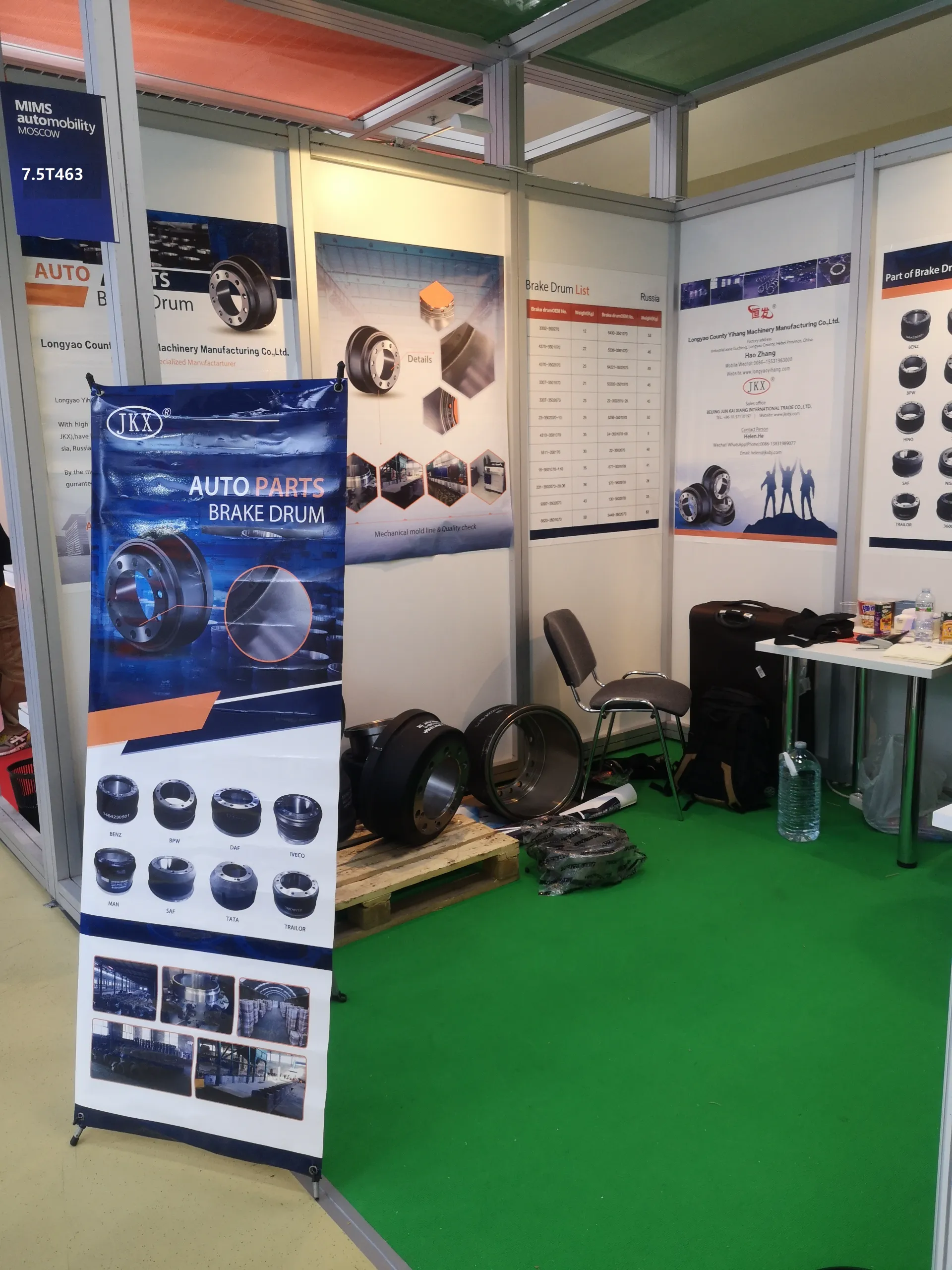Nov . 02, 2024 12:32 Back to list
stuck brake drum
Understanding Stuck Brake Drums Causes, Consequences, and Solutions
Brake systems are critical components of any vehicle, ensuring safety by enabling effective stopping power. Among various components, the brake drum plays a vital role, particularly in older vehicles that employ drum brakes. However, a common issue faced by vehicle owners is the phenomenon of a stuck brake drum.
A stuck brake drum refers to a situation where the brake drum does not release properly after the brake pedal is released. This can lead to numerous problems, ranging from reduced braking efficiency to complete brake failure, posing serious safety risks.
One of the primary causes of a stuck brake drum is corrosion. Over time, moisture and road salts can lead to the formation of rust on both the drum and the brake shoes. When left untreated, this rust can create a strong bond that holds the drum in place, making it difficult to disengage during operation. Additionally, if the brake shoes have been improperly adjusted or if they have become worn, it can exacerbate the issue, creating more resistance when attempting to disengage the brakes.
Another common culprit is a malfunctioning brake hardware. Components such as springs, clips, or the adjuster can become damaged or corroded, causing the brake shoes to stick against the drum. This is often accompanied by unusual noises, such as grinding or squeaking, which are indicative of underlying issues needing attention.
stuck brake drum

The consequences of a stuck brake drum can be severe. When the drum fails to release, the vehicle may experience dragging brakes, which can lead to overheating. Overheating can cause premature wear of brake components, reducing their lifespan and impacting overall performance. This situation can also reduce fuel efficiency, ultimately leading to higher costs for the vehicle owner.
To address a stuck brake drum, vehicle owners have several options. The first step is regular maintenance, which includes inspecting the brake system for signs of wear and corrosion. If rust is observed, it can often be cleaned off with appropriate tools, such as a wire brush, and protective coatings can be applied to prevent future corrosion.
Additionally, making sure that the brake hardware is functioning correctly is crucial. Replacing worn springs or adjusters can significantly improve the performance of the braking system. If the brake shoes are excessively worn, replacing them should be a priority to ensure optimal function.
In cases where DIY solutions do not work, consulting a professional mechanic is highly recommended. A mechanic can provide a thorough diagnosis and suggest appropriate repairs, which may include replacing the brake drum itself if it has been significantly damaged or corroded.
In conclusion, a stuck brake drum can pose serious safety risks and lead to decreased performance of a vehicle. By understanding the causes and effects, and through regular maintenance, vehicle owners can prevent this issue and ensure their braking system remains in optimal condition. Remember, safety on the road should always be the top priority.
-
Scania Brake Drums: OEM Quality for Optimal Safety & Durability
NewsAug.16,2025
-
R.V.I: Advanced Remote Visual Inspection for Precision
NewsAug.15,2025
-
Discover HYUNDA: Innovative Vehicles, Equipment & Solutions
NewsAug.14,2025
-
R.V.I: Unlock Advanced Insights & Real-time Performance
NewsAug.13,2025
-
Kamaz Brake Drum: Durable & Reliable for Heavy Duty Trucks
NewsAug.12,2025
-
Heavy Duty Iveco Brake Drum - Premium Quality & Safety
NewsAug.11,2025
